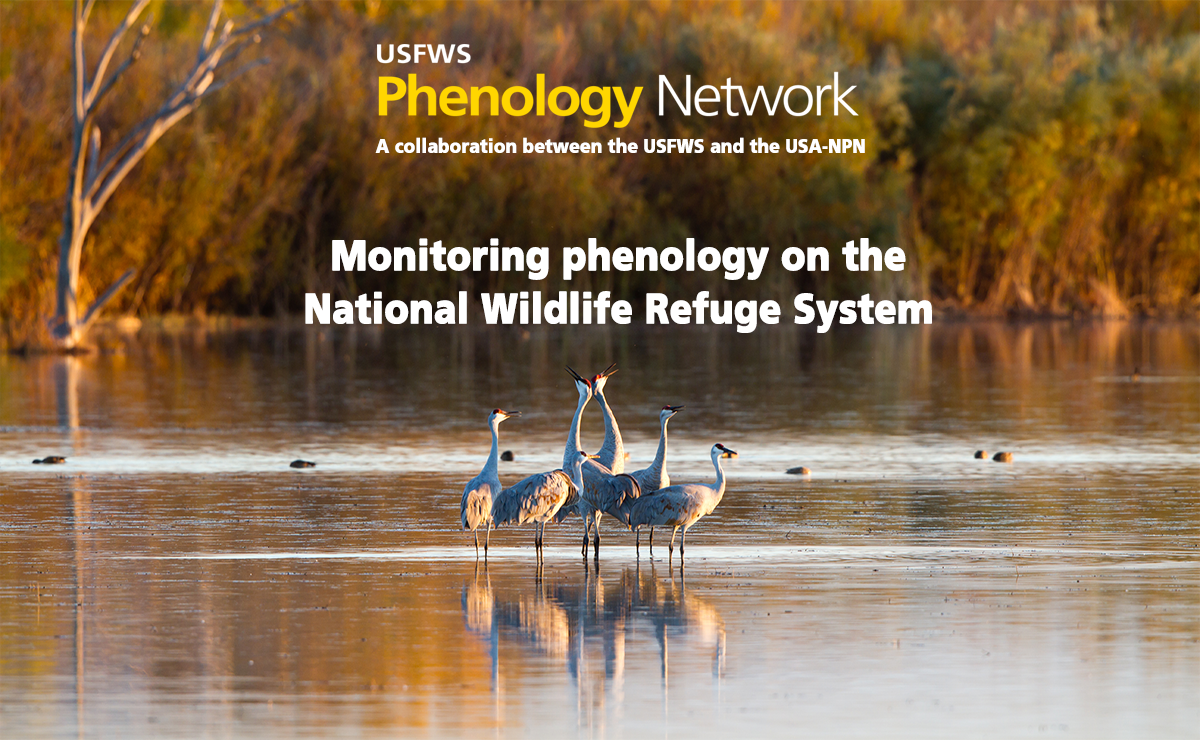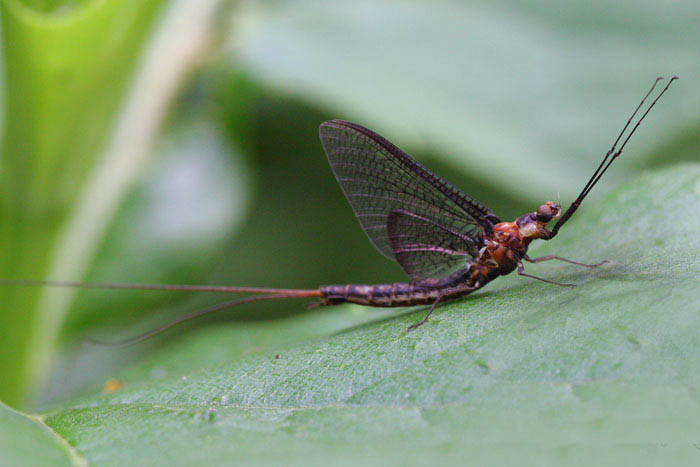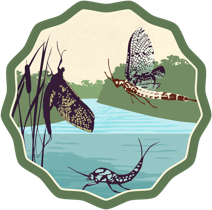
Every year, mayflies emerge from the Mississippi River, and the result can be extraordinary! These insects can swarm by the millions during a large emergence - enough to be picked up by weather radar.
Mayflies are an important food source for fish, especially during the summer emergence but also throughout the year when they are in their larval form. Mayflies are also a public safety hazard when they swarm near lights on roads and bridges, as they can pile up and cause roads to be slick and dangerous for cars.
The US Fish & Wildlife Service is interested in tracking the timing of seasonal events like these. In the long term, this citizen science-based research will help educate the public that the presence of these insects is an indicator of generally good local water quality conditions during the past year. Information on the predicted timing of emergence can inform managers when to take measures to ensure the public's safety, such as turning off lights on bridges and encouraging drivers to stay off roads inundated with mayflies.
How to Participate:
1. Join Nature's Notebook. If you haven't already, create a Nature's Notebook account. See our specifics of observing if you need more details on getting started.
If you have already registered a Nature's Notebook account, go to your Observation Deck, click the link to My Account Details, and add yourself to the Mayfly Watch group (under USFWS -> Region 3).
2. Set up your Observation Deck. For observations made at one of the Mayfly Watch Pool Sites, be sure you select Mayfly Watch from the dropdown under "Sites" and you will see the sites for the group. View the navigation pool maps to find the pool that is closest to where you live.
For observations made at your own site, set up your own site under My Sites and add one or both of the mayfly species to your site. Follow these instructions on how to create a site and add animals.
3. Observe mayflies.
Report what you see (yes/no/not sure?) for mayflies following the instructions for mayflies or giant mayflies. You should survey the area within 5-10 ft of where you are standing. You may need to walk around the area, inspecting the vegetation along the shoreline for several minutes.
Remember, mayfly abundance may change hourly - you can report multiple observations in one day by reporting the time at which you made the observation.
Sign up for Mayfly Watch updates
We are interested in the following phenophases for this project. If you observe mayflies, report "yes" for the phenophase that represents the majority of the mayflies you see.
Then, report how many mayflies you see of each species using the abundance options on the datasheet. The abundance categories come from the Johnson Mayfly Emergence Scale:
| Less than 100 individuals are seen within the immediate observation area (approximately 5 feet in any direction). | 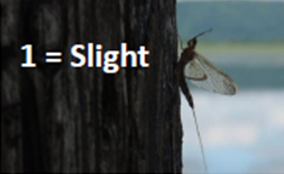 |
| Between 100 and 500 individuals are seen within the immediate observation area (approximately 5 feet in any direction). |  |
| Consistent coverage of surfaces is seen (ground, building walls and windows, vegetation, etc.), or small groups of individuals are seen under lights. | 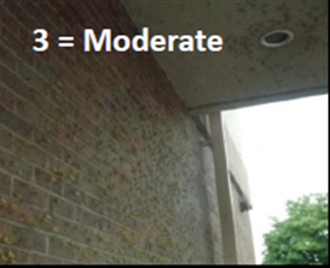 |
| Thick coverage of surfaces is seen, or very noticeable groups of individuals, including small to medium piles, are seen under lights. | 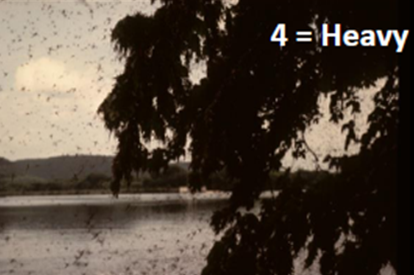 |
| Very thick coverage of surfaces is seen (with minimal surface area exposed), or large groups of individuals, including large piles, are seen under lights. | 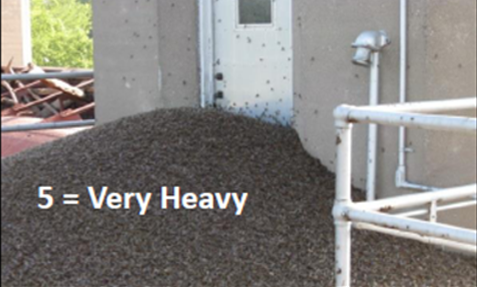 |
